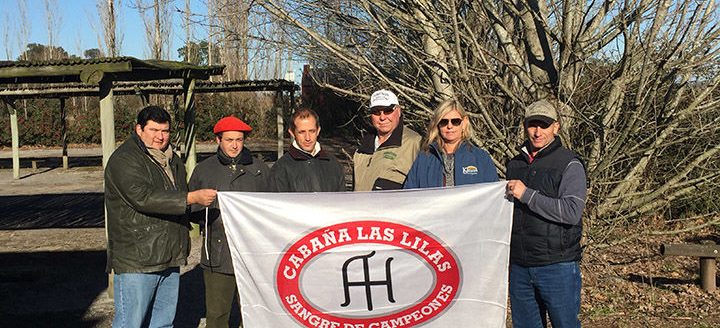4-H experience great teacher
My days in 4-H were many years ago and I continue to admire what the program meant to me and what it does to help youth today.
The hey-day of 4-H participation for the most part occurred during the baby boomer years—those born from 1946 to 64.
Yet 4-H continues to reach new heights, a renaissance if you will. For people of my generation and my parents the 4-H program focused on traditional livestock—beef cattle, swine, sheep and dairy cattle—the center of farm and ranch operations.
Today, when I got to a county fair I’ll continue to see that emphasis and an emphasis on meat goats and specialty livestock projects. It all seemed foreign to me, at first, and yet when I talked to traditional livestock producers they have told me they have no problem with it because it continues to encourage youth to have an active management interest in animal agriculture projects.
Other projects, from baking, photography, arts and crafts clothing and others seem to have as much interest as in years’ past. The leadership opportunities, developed from multiple years of hands-on experience, continue to be a benchmark to gauge how one develops and interacts in public.
From my perspective, many 4-H’ers represent the intrinsic values that employers love—hard work, pleasant attitude, always on time and paying attention to instruction and details.
Those values are ones that are undersold through no one’s fault. Just like middle school and high school students who play in band, participate in vocal music and extracurricular activities, including sports, they are often the ones who tend to interact well with others and can face and adapt to adversity.
In the real world those are attributes each and every one of us face from time to time. The 4-H program is not so much an early trial run but rather one that provides real working experiences at an age when few of those opportunities avail, unless you are fortunate to have a newspaper route.
The 4-H program I knew from the 1970s and followed through coverage of county fairs in the years that have followed became a highlight because some of the most successful professionals I got to know were also successful in 4-H. The program itself is highlighted during a county fair, which comes during the heat of the summer. All true 4-H’ers know the key to success does not start in June or July but is a culmination of many months of preparation.
There is not a better practical teacher than that.
Do yourself a favor and attend a 4-H fair, look around and ask 4-H’ers why they took on a project. It can be an enlightening experience for yourself and the 4-H’er.


